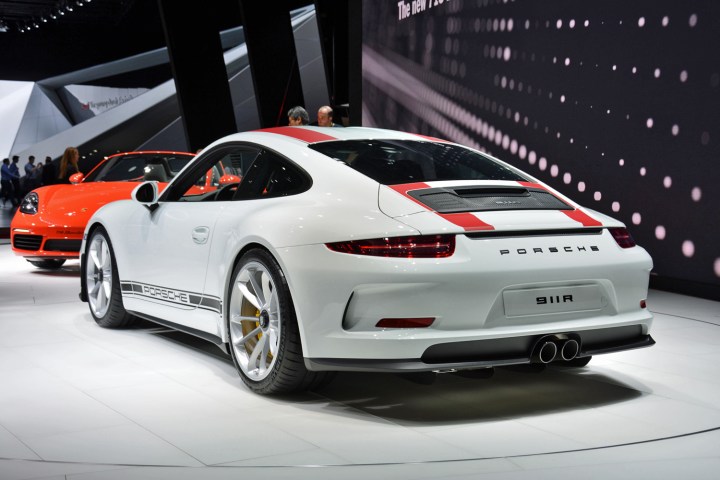
German newspaper Wirtshafts Woche learned Porsche insiders told the Federal Ministry of Transport that the automaker is using a defeat device similar in concept to the one that equipped millions of Volkswagen-built cars powered by a diesel engine. The device is essentially made up code and sensors that can tell when the car is on a test bench and when it’s out on the open road by detecting whether or not the front wheels are moving.
When it detects the car is on a test bench, the device automatically engages a special test mode that drastically cuts CO2 emissions and improves fuel economy. The device turns off in normal driving conditions so CO2 emissions and fuel consumption both increase. The California Air Resources Board (CARB) found a very similar device in an Audi model in November.
German officials initially questioned Porsche executives about the system, but their doubts persisted so they decided to launch a formal investigation. This story is developing, and additional details such as which models are affected and whether cars in the United States are fitted with the device haven’t been made public yet.
A Porsche spokesman told German newspaper Stuttgarter Nachrichten that every single one of the company’s cars complies with the fuel economy standards and emissions regulations that are in effect when they are sold new. He conceded that every member of the Porsche lineup is fitted with a system that monitors steering input, but stressed the data is used to calculate shift points, not to activate a dubious test mode.
Editors' Recommendations
- New report says Apple is building a secret folding device
- Porsche using 3D printing technology to make custom-tailored seat cushions
- 2020 Porsche Carrera will be the cornerstone of the new 911 family




